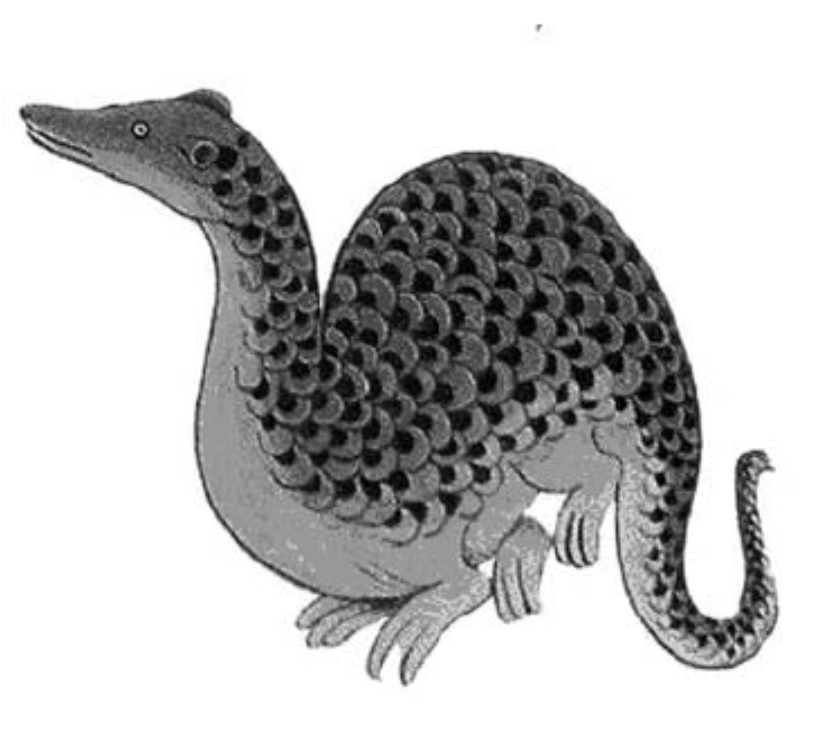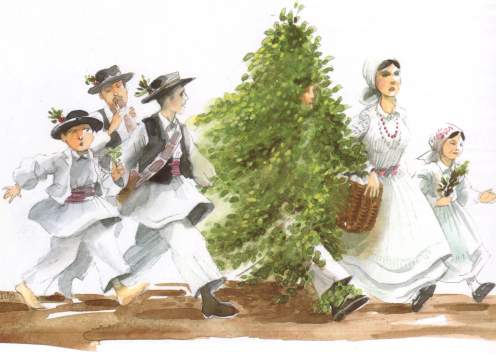
Thread: Large Cycladic krater. On the body of the vase the return of Apollo to Delos from the land of the Hyperboreans. Apollo is welcomed by his sister Artemis, who is holding a deer. 640 BC. National Archaeological Museum in Athens, inv. no. 911....commons.wikimedia.org/wiki/Category:… 



Here is the drawing of the complete main scene, which I believe is a complex calendar marker for the end of winter...Well the triumphant arrival of Apollo is a dead giveaway 🙂 He comes back from the "Hyperborea" in the spring... 

The pile of birds on the top freeze probably depict migratory birds...So that is another hint...
But I am wandering if the fact that Artemis is offering a deer to Apollo, which she is holding by his antlers, is another symbol for the end of winter...Why? Because of this...
But I am wandering if the fact that Artemis is offering a deer to Apollo, which she is holding by his antlers, is another symbol for the end of winter...Why? Because of this...

Red deer and Fallow deer bucks, usually depicted with Artemis, shed their antlers in late spring...At the moment of the arrival of Apollo...Is this why Artemis is holding the deer stag she is giving to Apollo by his antlers?
A deer with fully developed antlers can only be seen during late autumn, winter and early spring...Which makes deer antlers symbol of winter...And their shedding symbol of the end of winter...
This definitely opens some interesting questions about the nature of Artemis and her link with deer...And sun...
• • •
Missing some Tweet in this thread? You can try to
force a refresh











